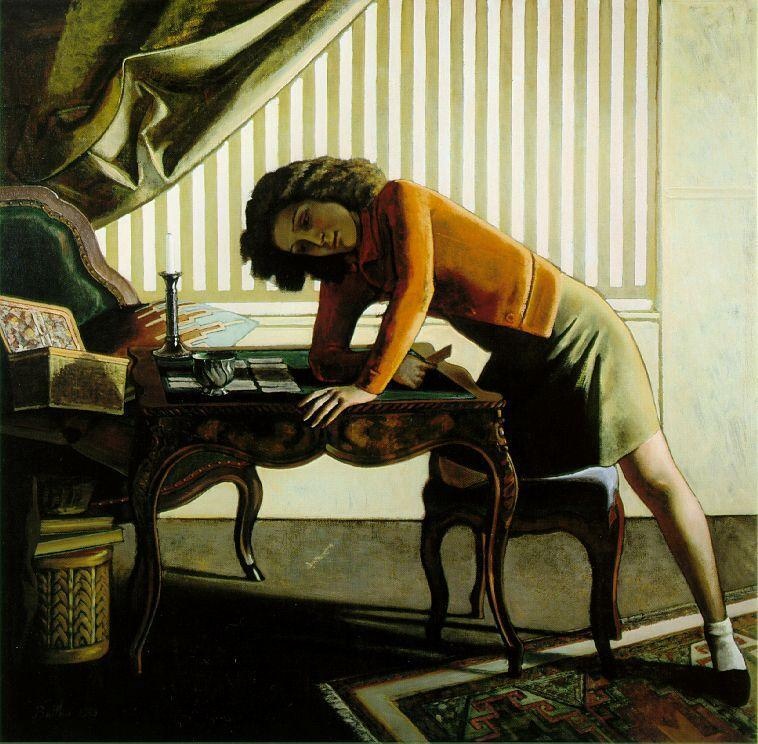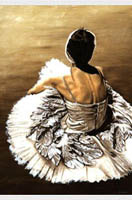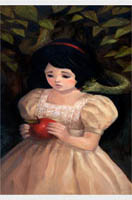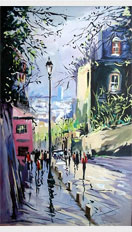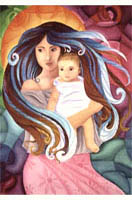Oil painting -> List of Painters -> Balthus
Balthus
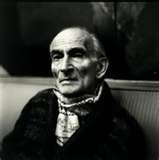 |
Early Life: Balthazar Klossowski was an esteemed tarnish/French modern artiste whose work was eventually anti-modern. In his desicive years his art was sponsored by Rainer Maria Rilke, Pierre Bonnard and Henri Matisse. His father, Erich Klossowski, a noted art historian (he wrote a monograph on Daumier), and his mother Elisabeth Dorothea Spiro (known as Baladine Klossowska) were part of intellectual elite in Paris. Balthus' older brother, Pierre Klossowski, was a philosopher influenced by Marquis de Sade writings. Jean Cocteau, who was friend of the Klossowskis, found some inspiration for his novel Les Enfants Terribles (1929) on his visits to the family |
Career:
Early on his work was trendy by writers and fellow painters, especially by André Breton and Pablo Picasso. His circle of friends in Paris included the novelist Pierre-Jean Jouve, the photographers Josef Breitenbach and Man Ray, Antonin Artaud, and the painters André Derain, Joan Miro and Alberto Giacometti (one of the most faithful of his friends). In 1948, another friend, Albert Camus, asked him to design the sets and costumes for his play L'Etat de Siège (The State of Siege, directed by Jean-Louis Barrault).
Balthus spent most of his life in France, and as international eminence grew he cultivated himself and his past as a mystery In 1953 he moved into the Chateau de Chassy, were he finished his masterpieces 'The Room' (1952, influenced by Pierre Klossowski's novels) and 'The Street' (1954). In 1964 he moved to Rome, were he presided over Villa de Medici director of the French Academy in Rome, and made friends with the filmmaker Frederico Fellini and the painter Renato Guttuso.
Balthus was the only existing artist who had his artwork in the Louvre's collection (it came from Picasso's private collection when it was donated to that museum).
|
Prime Ministers and rock stars likewise attended the funeral of Balthus. Bono, lead-singer of U2, sang for the hundreds of mourners at the funeral. Biographers rushed into print shortly after his death, and their work has since been severely and widely criticized as being awkward and bewildered


